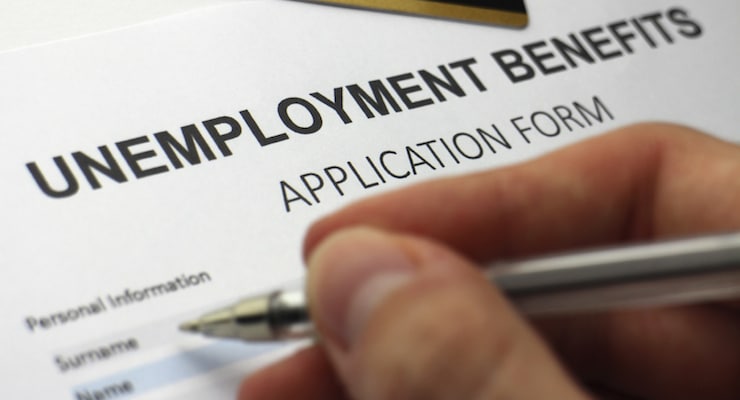

Weekly jobless claims, or first-time claims for unemployment benefits reported by the Labor Department.
The Labor Department said Thursday that number of Americans filing new applications for unemployment benefits unexpectedly rose last week, again. Initial claims for state unemployment benefits increased 4,000 to a seasonally adjusted 277,000 for the week ended Aug. 15, but remain below the 300,000 threshold for concern.
Claims for the prior week were revised to show 1,000 fewer applications received than previously reported. Economists had forecast claims slipping to 272,000 last week. A Labor Department analyst said there were no special factors influencing the data and no states had been estimated.
While the labor market data on the surface indicates the Federal Reserve is on track to raise interest rates this year, minutes from the Fed’s July 28-29 policy meeting published on Wednesday showed the central bank was worried about persistently weak inflation and a weak global economy fueled by a slowdown in China.
The four-week moving average of claims–which is widely considered a better measure of labor market trends as it irons out week-to-week volatility–rose 5,500 to 271,500 last week. That marks the 21st straight week that the four-week average remained below the 300,000 threshold.
The data from the weekly jobless claims report included the week that the government surveyed employers for the non-farm payrolls portion of August’s employment report. The four-week average of claims fell 7,000 between the July and August survey periods, suggesting another month above 200,000.
Payrolls increased by 215,000 jobs in July, which was below expectations.Still, job gains have exceeded 200,000 in five out of seven months, though the U.S. needs to create 250,000 jobs monthly simply to keep pace with population growth. At a seven-year low of 5.3 percent, the unemployment rate is near the 5.0 percent to 5.2 percent range that most Fed officials think is consistent with full employment. However, it is no secret that labor force participation is at a 37-year low, which drives down the unemployment number artificially.
Thursday’s claims report showed the number of people still receiving benefits after an initial week of aid fell 24,000 to 2.25 million in the week ended Aug. 8.





